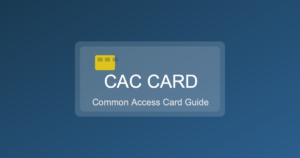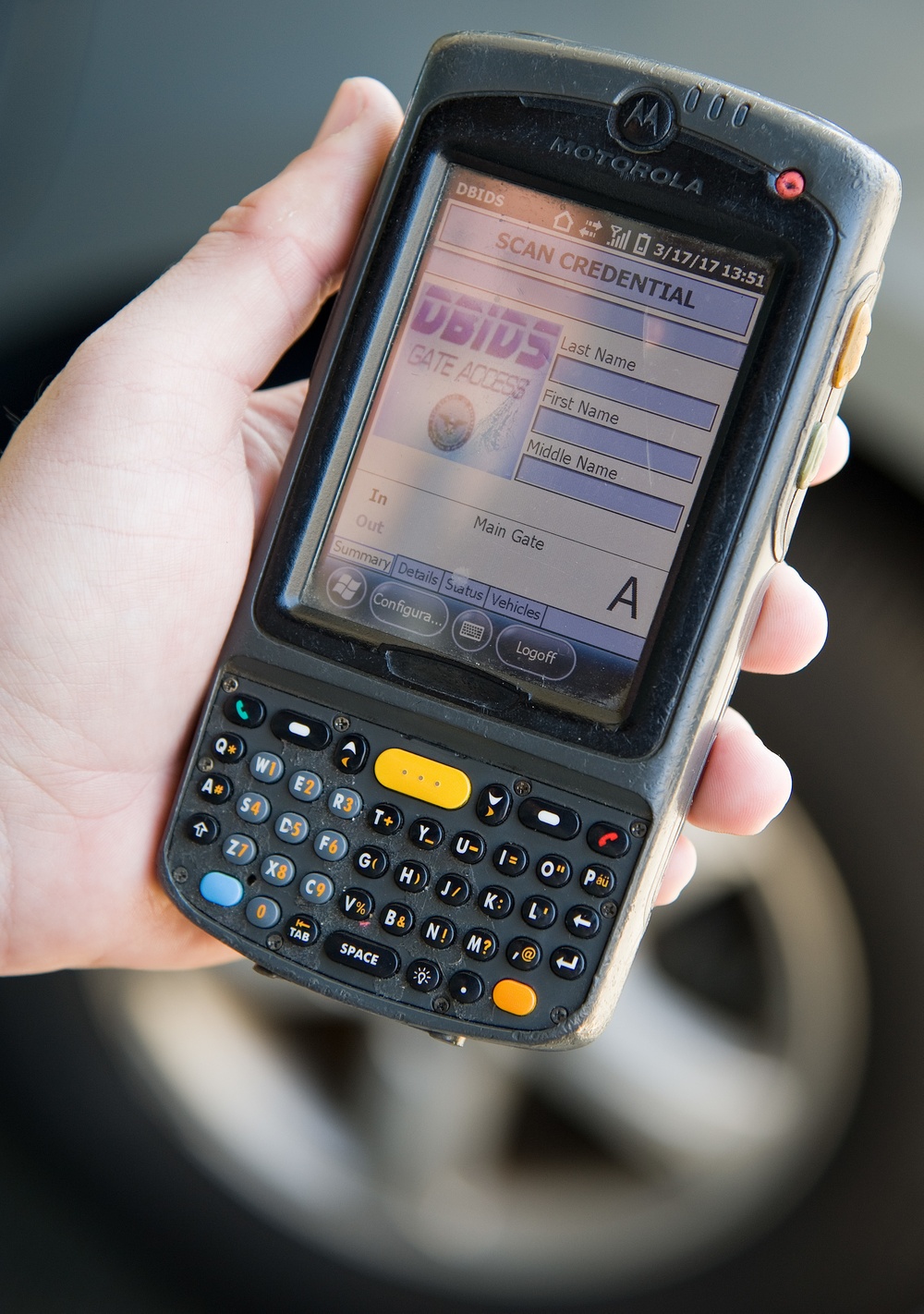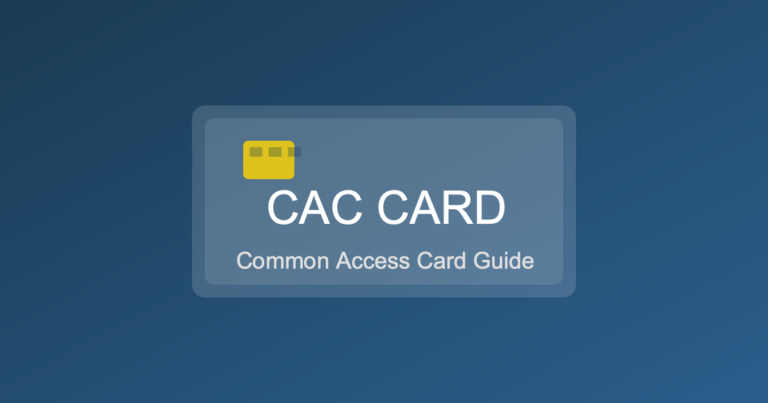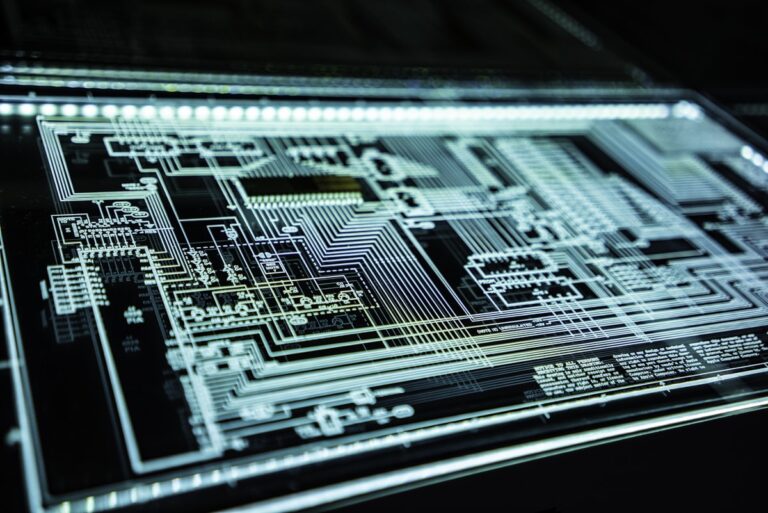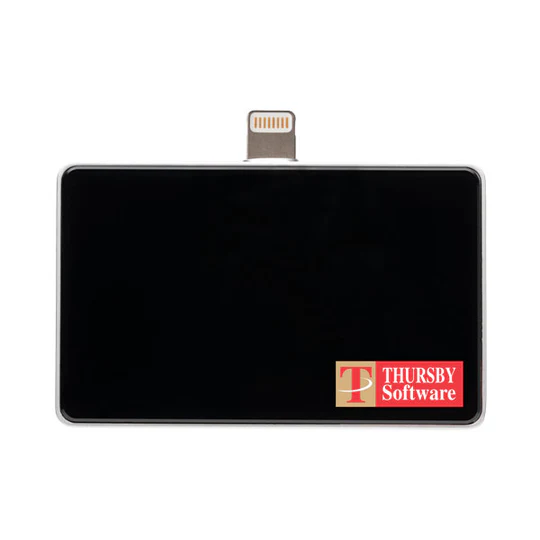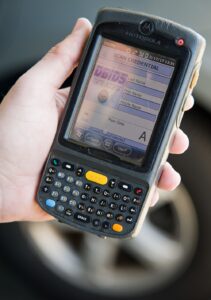How to Protect Your DoD CAC Card PIN
The Department of Defense (DoD) Common Access Card (CAC) is essential for military and civilian personnel. Properly safeguarding the PIN associated with your CAC card is crucial.
What is a CAC Card PIN?
The Personal Identification Number (PIN) for your CAC card is akin to a password. It authenticates your identity when accessing DoD computer systems and secure locations. Failure to protect it can lead to unauthorized access and potential security breaches.
Memorize Your PIN
Always memorize your PIN. Avoid writing it down. Writing down your PIN makes it easier for someone to steal it. Practice recalling it periodically. This way, you won’t forget it during emergencies.
Create a Strong PIN
Design your PIN to be strong and unique. Avoid using common combinations like 1234, your birth year, or patterns. DoD guidelines typically require a mix of numbers and, sometimes, other characters for complexity.
Keep Your PIN Confidential
Never share your PIN with anyone. Even trusted colleagues, friends, or family members should not know your PIN. Sharing increases the risk of misuse and potential security threats.
Change Your PIN Regularly
Periodically changing your PIN is a good practice. Regular updates reduce the risk of compromise if someone has learned your previous PIN. Follow the DoD guidelines for the frequency and method of changing your PIN.
Be Cautious of Physical Access
Be mindful of your surroundings when entering your PIN. Shield the keypad from view using your free hand or body. This prevents onlookers from observing your input. Enter your PIN discreetly, especially in crowded or public areas.
Use Secure Devices
Always enter your PIN on trusted and secure devices. Avoid using public or shared computers when accessing DoD systems. Public devices may have keyloggers or other malicious software that can capture your PIN.
Be Aware of Phishing Attacks
Phishing attempts may try to trick you into revealing your PIN. Be vigilant about unsolicited messages, emails, or calls asking for your PIN. DoD will never request your PIN via unsecured communication channels.
Secure Your CAC Card
Safeguard your CAC card just as you would your PIN. Store it in a secure place when not in use. Avoid leaving it unattended or in easily accessible locations. Report lost or stolen cards immediately to your superiors or security office.
Check Device and Network Security
Ensure that the devices and networks you use to access DoD information are secure. Maintain up-to-date antivirus software and use encryption where possible. Avoid unsecured public Wi-Fi networks, which may be more vulnerable to attacks.
Respond to Suspected Compromise
If you suspect that your PIN has been compromised, report it immediately. Follow the procedure for issuing a new PIN. Acting quickly can prevent unauthorized access to sensitive information.
Undergo Regular Training
Participate in regular security awareness training. Stay updated on the latest security protocols and threats. Training helps reinforce the importance of PIN security and how to handle it responsibly.
Utilize Multi-Factor Authentication
Where possible, use multi-factor authentication (MFA). MFA adds an additional layer of security beyond just the PIN. It requires another verification method, such as a fingerprint or an authentication app, making unauthorized access more difficult.
Report Security Incidents
Always report any security incidents or suspicious activities associated with your CAC card or PIN. Timely reporting can help mitigate potential damage and improve overall security measures.
Following these guidelines will assist in protecting your DoD CAC card PIN effectively. Secure handling and staying informed on best practices are essential for maintaining cybersecurity within the Department of Defense.
“`
